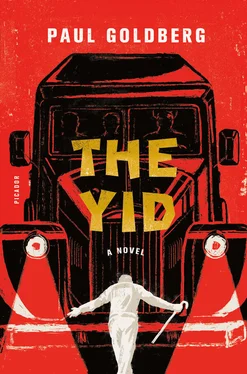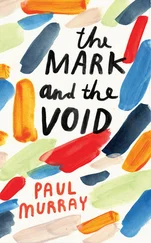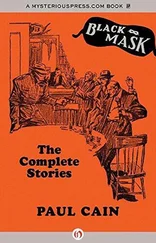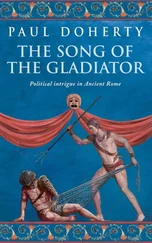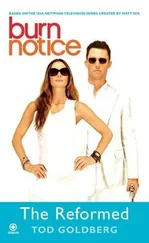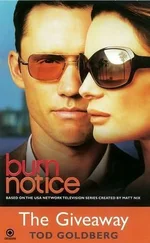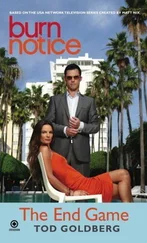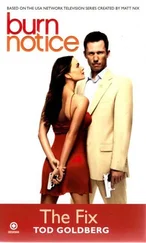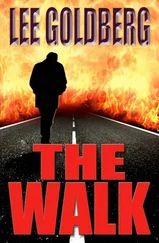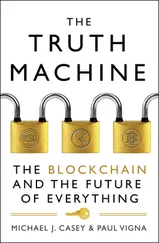“Mit vos?” asks Kogan. With what?
“Here, use my sword,” says Levinson, passing the weapon through the cage bars.
“This isn’t really the tool for cutting cloth,” says Kogan. “What if we cut out the appliqué with Stalin, Lenin, Marx, and Engels?”
“Why are we doing this?” asks Lewis.
“Costumes,” says Kogan. “I want the first three banners here. We’ll stuff them in our tunics, behind our backs.”
* * *
A fleeting glimpse of Kima’s bare back makes Lewis think of his life’s purpose. What is his real name? Friederich Robertovich? What is his language: English? Russian? Yiddish? Der Komintern-shvartser, who knows his Hebrew prayers. A Yid to Kent and Tarzan, Paul Robeson to Butusov, and now Robeson again in this, his final role.
There was a look of wonder on Butusov’s face.
With his last breath, the slain night guard forever bound Robeson with Lewis. Does the physiology of death explain Butusov’s look of wonder? Perhaps Butusov’s insight had come down just as his soul burst into the sky. Lewis believes such things. Assassins often do.
If you have doubts about the existence of so-called souls, if you don’t believe that they emanate from higher spheres, you may want to hear about another, terrestrial connection between Lewis and Robeson.
In June of 1949, at the Tchaikovsky Hall, Lewis heard Robeson sing the song of the Vilna partisans, “Zog nit keyn mol az du geyst dem letstn veg,” the anthem of Jewish resistance to the Nazis.
Written by a young resistance fighter named Hirsh Glick during the war, it spread from the ghettos to concentration camps both east and west. “Zog nit keyn mol az du geyst dem letstn veg” is a subtle opening line for a battle hymn. Don’t say you are going in your final way.
The final battle is something Marxists take very seriously. The original French version of the “Internationale” contains the words “C’est la lutte finale,” and the same words figure both in Russian and in Yiddish versions. This phrase invited Hirsh Glick to ask: Do you really know this battle is final? Has anyone told you?
A year after the war, Lewis heard several voices sing “Zog nit keyn mol az du geyst dem letstn veg” from inside a guarded cattle car at the Sverdlovsk Railroad Station. Lewis joined in the next line:
Khotsh himlen blayene farshteln bloye teg …
(Though leaden skies eclipse the day…)
What was the story of these prisoners? How did they end up moving from one holocaust to another? Lewis would have loved to swing open the door of that cattle car. Yet he did not, for fantasies of freeing the slaves, albeit enchanting, are self-destructive.
At the Tchaikovsky Hall, Robeson infused the song with the raw pain of a Negro spiritual. In his rendition, the word oysgebenkte —final — became four separately emphasized words, oys-Ge-Benk-Te , which he rolled out like machine gun fire:
Kumen vet nokh undzer oysgebenkte sho,
S’vet a poyk ton undzer trot: mir zaynen do!
(The hour that we have longed for will come,
Our steps will beat out like drums: here we are!)
Since Lewis was a Negro, no one dared to block his way as he knocked on the door of Robeson’s dressing room. Robeson opened the door and, pleasantly surprised to see a Black man, invited him inside.
“Ikh meyn az di blayene teg zaynen shoyn gekumen, Khaver Robeson,” whispered Lewis in Yiddish. I think the leaden days are upon us, Comrade Robeson.
Robeson nodded, pointing at the ceiling, for the dressing room was surely monitored.
It is unfortunate that people fated to make history are often unaware of some of its most intriguing episodes. Consider Lewis’s brief exchange with Robeson. It would have been so much richer had Lewis known why Robeson chose to sing Zog nit keyn mol that night.
He sang it as an act of solidarity with an imprisoned friend, Itzik Feffer, a hack poet whose secret contributions to literature included surveillance reports on Solomon Mikhoels. (Robeson and Feffer met in New York, where the poet-spy accompanied Mikhoels.) Earlier that day, Robeson told his Soviet hosts that he wanted to see Feffer, and the poet was brought to his hotel, as though by room service.
In the room, Feffer used sign language to explain that he was in trouble. Indeed, he was in prison on charges of participating in an international Jewish conspiracy and spying for America. After the visit to Robeson, Feffer was taken back to his cell at Lubyanka.
Four years after his encounter with Lewis, Robeson was tormented by Hoover’s FBI and sundry right-wingers. He couldn’t work, he couldn’t travel, he couldn’t claim his Stalin Prize. Does Robeson comprehend the purpose of the cattle cars that choke the railways in February 1953?
If you believe in souls, or if you think of life as evidence-based and bound to earth by science, this story doesn’t change. Explain it as you wish: Lewis chooses to act in Robeson’s name.
* * *
At 4:13 a.m., a cluster of headlights on the horizon makes Levinson slow down. The lights come closer, and he pulls off to the side, toward the woods, leaving his headlights on. A large black limousine, followed by a motorcade of militia and military trucks, speeds down the center of the road toward Moscow.
The driver of the last military truck waves happily to the occupants of the Black Maria with an MGB tag.
The Black Maria comes to a stop. The dacha’s gate is closed.
“Vy chto, karaul, rebyata,” asks the guard at the gate. What are you, guards?
“I wish,” says Levinson. “They feed you well here.”
“What do you have?” (“ Kogo vezyote? ”)
“Negroes for Iosif Vissarionovich,” says Levinson, showing the guard the mandate from Stalin. (“ Negrv dlya Iosif-Vissarionycha. ”)
“I hope you understand that my goal is to get away with this,” says Kogan as the gate opens. “Yoske should die. Why should we?”
“Now, Aleksandr Sergeyevich, how do you expect to kill Stalin and stay alive?” asks Lewis.
“Things will get chaotic. They’ll start blaming each other. They’ll start shooting each other. And they will forget to look. If we kill him, we could well survive.”
“In this kind of operation, success is determined by the ineptitude of the enemy,” agrees Levinson. “Overestimation is a tactical error. I give the enemy his due. No more, no less.”
Looking through the narrow, barred windows of the Black Maria, Lewis sees a forest of firs, and outlines of two tanks and a pillbox.
The place looks thoroughly prepared for an invasion or a civil war.
No, Lewis hasn’t come here looking for death. He has the skill to sense its presence. He has smelled it many a time since 1919, when his mother hid him and both his sisters in a cellar while gangs of white men roamed the city streets and Omaha’s courthouse burned. His father was a club car waiter on a Chicago run.
Lewis is, on balance, a cautious man, determined to take risks but to survive as well. He didn’t ask to join this band. The choice was made for him the moment his foot came up against that corpse on Levinson’s floor. That was his only chance to run, yet he did not.
* * *
At 4:27 a.m., the Black Maria stops by a hulking two-story structure. An actor in a madman’s play, Lewis sits and wonders why he is alive this deep into the raid.
Kogan instantly diagnoses what went wrong with the structure.
He can see the rectangular shapes that set back the windows, straight lines that clearly identify homage to the American architect Frank Lloyd Wright’s Prairie Style period.
He can see by the seams that the original structure would have been light on the landscape, and — yes — it would have wanted to be white, rising from Russia’s glaciar-evened landscape rather than disrupting it. There is a fountain in front, but not like the garish fountains with sculptures that mar Moscow’s parks. This is a small affair, devoid of a colossus. In the summer, it would be as light and lovely as a lily pond.
Читать дальше
